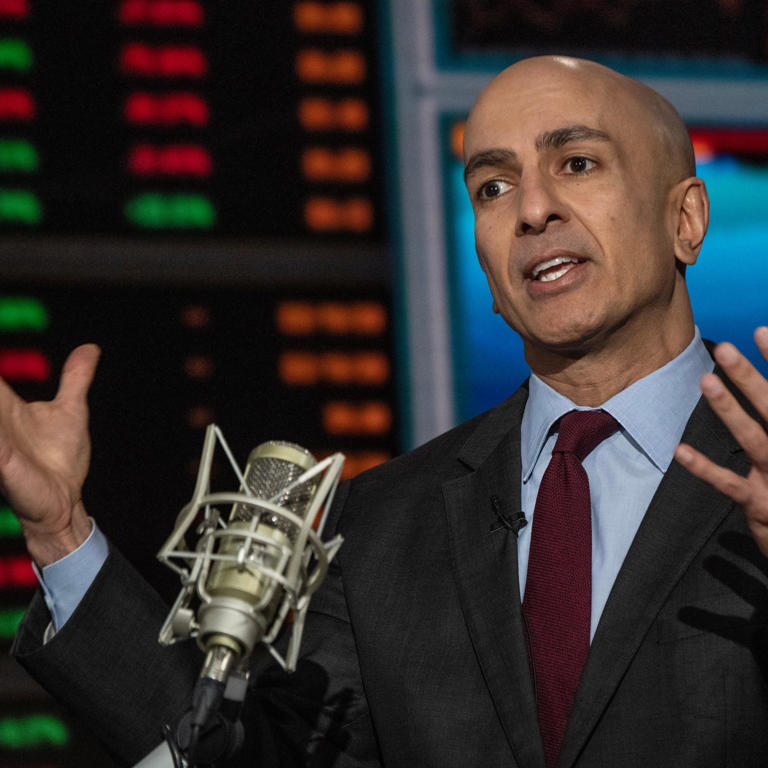The statement from Federal Reserve Bank of Minneapolis President Neel Kashkari has had a notable impact on market expectations regarding interest rate cuts in 2024. Kashkari raised the possibility that the Federal Reserve may not implement any interest rate cuts throughout the year, contrary to previous expectations. His remarks indicate a cautious stance, suggesting that if key economic indicators such as inflation, job growth, consumer spending, and GDP growth remain strong, there may not be a need for rate cuts.
This sentiment contrasts with previous indications from Fed Chair Jerome Powell, who had suggested the likelihood of rate reductions later in the year to alleviate the pressure on consumers and businesses from higher borrowing costs resulting from multiple rate hikes in recent years.
The market reaction to Kashkari’s comments was significant, with stocks experiencing a decline following his interview. Investors appear to be adjusting their expectations in response to the possibility of a more restrained monetary policy from the Federal Reserve. This adjustment reflects concerns about the potential impact on economic growth if the central bank refrains from implementing rate cuts in light of persistent inflation and robust economic data.
All eyes on jobs and inflation data
The economic reports mentioned, particularly the March jobs report and the inflation data for March, will indeed be closely monitored in light of Neel Kashkari’s suggestion that there may be no rate cuts this year. Here’s a breakdown of their significance:
- March Jobs Report (Released April 6): Economists are expecting a slowdown in hiring compared to February, with forecasts indicating an addition of 200,000 jobs. This report provides critical insights into the health of the labor market, a key factor that the Federal Reserve considers when making monetary policy decisions. A stronger-than-expected jobs report could reinforce the argument for rate cuts, especially if it indicates robust job growth and continued strength in the economy. Conversely, a weaker-than-expected report may raise concerns about economic momentum and potentially support the case for rate cuts.
- Inflation Data for March (Issued April 10): With economists expecting a 3.5% increase in prices on an annual basis, inflation remains a central concern for policymakers. The Federal Reserve aims to bring inflation back down to its pre-pandemic level of around 2%. Higher-than-expected inflation figures could heighten worries about overheating in the economy and put pressure on the Fed to consider rate hikes to curb inflationary pressures. Conversely, if inflation figures come in lower than anticipated, it may alleviate some concerns and provide room for the Fed to maintain its current stance on interest rates.
Neel Kashkari’s remarks underscore the importance of closely monitoring both the labor market and inflation dynamics in shaping future monetary policy decisions. While the majority of economists currently anticipate a rate cut in June, Kashkari’s acknowledgment that additional rate hikes are not off the table indicates a degree of flexibility within the Fed. However, he also suggests that further rate hikes may not be likely, reflecting concerns about the impact on consumers already facing high borrowing costs due to inflationary pressures.
